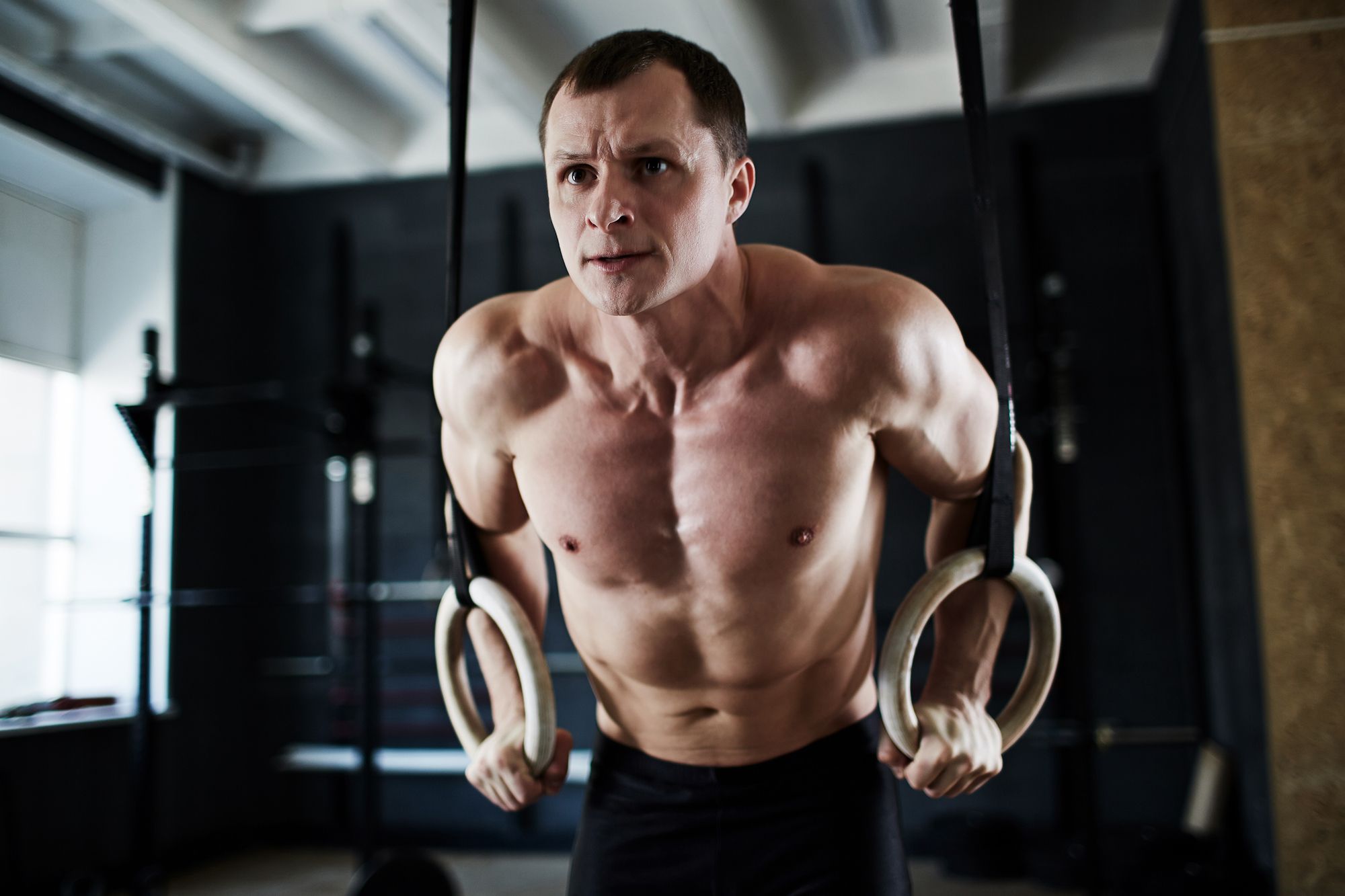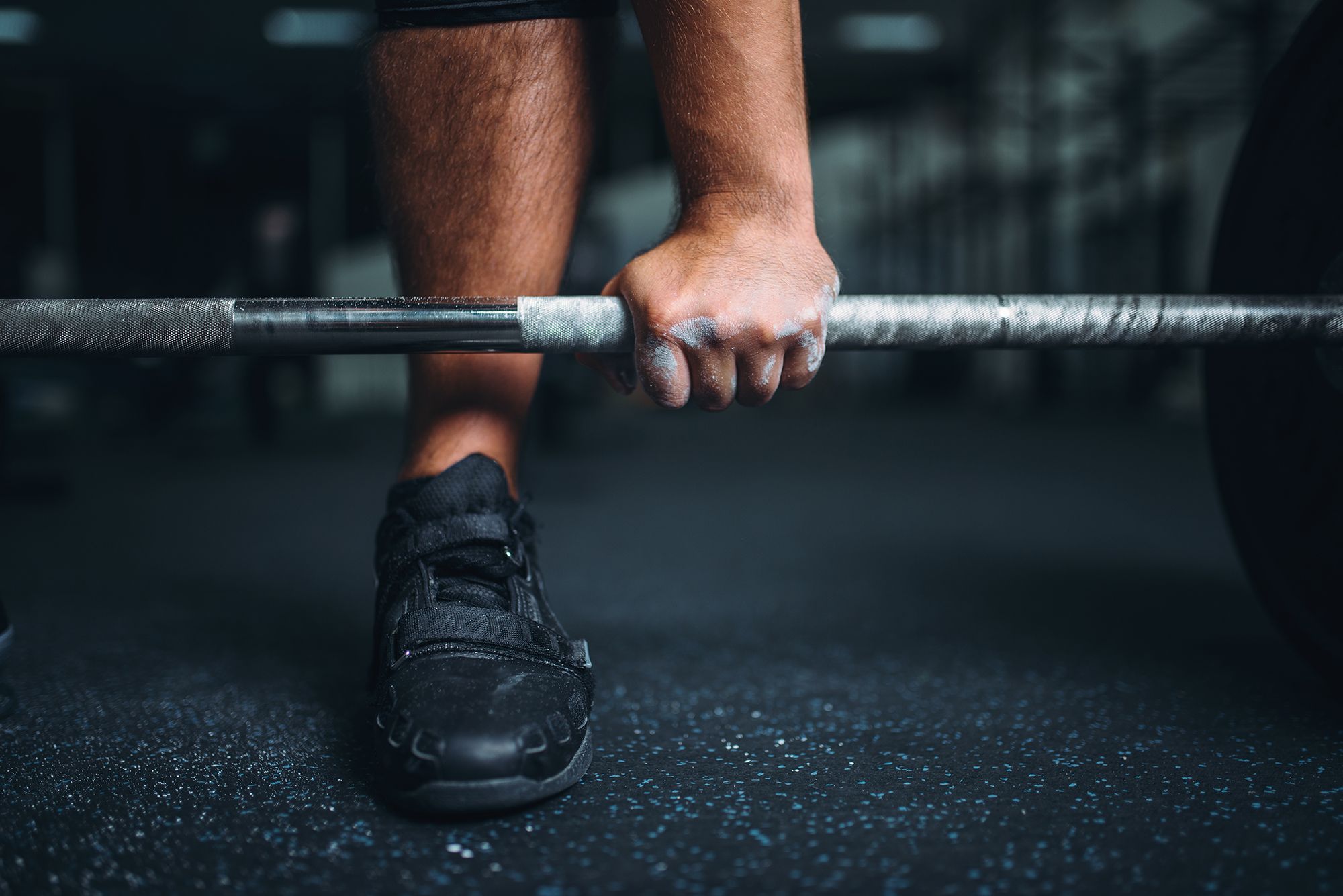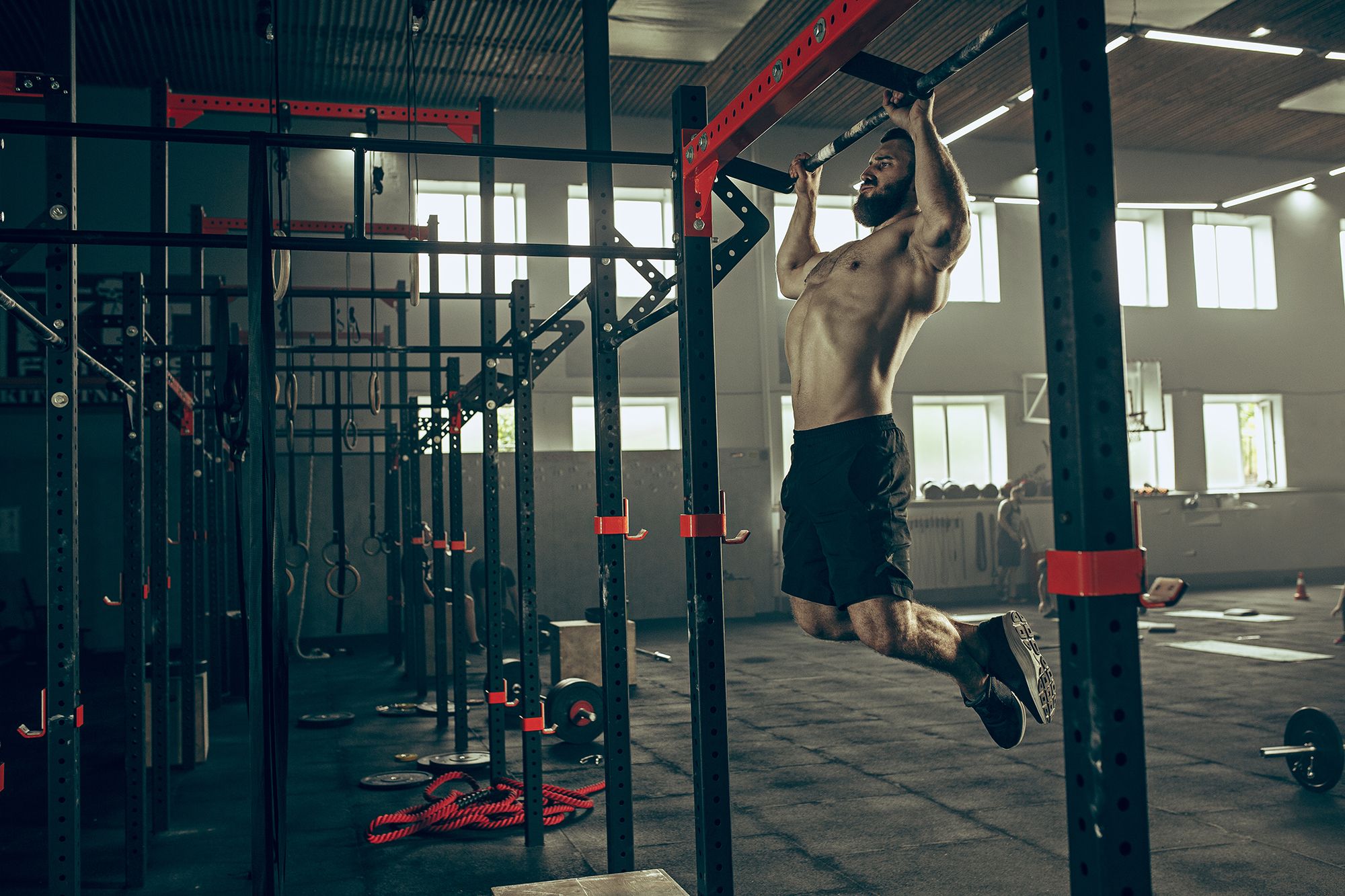Power Hypertrophy Adaptive Training (PHAT) is a program designed by bodybuilder and powerlifter Layne Norton to make the most of your lifting, balancing the demands of both bodybuilding and powerlifting so you can both sculpt and build strength. It isn’t a quick fix—expect to spend 1.5-2 hours each session, five days per week—but it certainly works if you want to get ripped and strong.
What is a PHAT workout?
Power Hypertrophy Adaptive Training (PHAT) combines both bodybuilding (which generally uses lower weights and higher reps to build muscle and tone) and powerlifting (which generally uses heavier weights and lower reps to build strength) methods to give you the best of both worlds. The goal of PHAT workouts is to gain both mass and strength.

Is this a workout for beginners?
Provided you start at lower weights and ensure you are using correct form, there’s no reason beginning lifters can’t benefit from a PHAT program. In fact, some trainers might argue that beginning lifters are most likely to benefit as you won’t have developed any bad habits yet.
Basic PHAT principles
PHAT works by using hypertrophy—stimulating the increase and growth of cells, specifically muscle cells in this case—and progressive overloading. In general, PHAT routines work each muscle group twice per week, utilizing both bodybuilding and powerlifting techniques. It’s particularly effective for lifters who want to add lean muscle in a progressive way. PHAT lifting is less about how much weight you use and more about the progressive targeting of muscular groups. The goal is to focus on meeting the reps and sets at weights that challenge you.
Similarly, the program has two rest days built in each week, generally day three and day seven, to give your body a chance to recover. We’ll look more closely at what a PHAT week might look like, but you should use days 1 and 2 to build strength and power through range of motion; days 4 through 6 focus on hypertrophy, using lower set counts and moderate rep counts. In any 12-week cycle, you should focus on four three-week cycles in which you overload for 2 weeks and then deload the third week so you can into the next cycle feeling good.

Power days vs hypertrophy days
The first two days of your week are focused on building power. After a rest day, you then spend three days building mass courtesy hypertrophy. Keeping this delineation in mind can help prevent you from overdoing it on any one day of each week’s cycle.
What equipment do you need for a PHAT program?
Not all that much; a standard gym set up will work. You’ll need a barbell, dumbbell, and machine weights, but nothing out of the ordinary. The biggest demand may actually be on your time (as it takes 1.5-2 hours each day) and diet (because you’ll see the biggest gains with a clean diet).
What are some common PHAT exercises?
We’ll look at PHAT routines more closely in our sample week, but in general none of the PHAT exercises are hard to learn or particularly demanding. This is another reason PHAT programs can be beginner-friendly: they don’t require lifting expertise. Instead, PHAT programs focus on rows, presses, curls, and other relatively simple lifts.
Training frequency
To make a PHAT program work for you, you should be lifting five days each week, with your rest days on days three (after the power phase) and seven (after the hypertrophy phase).

Benefits of PHAT
The delineation between power days and hypertrophy days is intentional, as it allows you to focus both on building power and mass. Following a clean diet allows you to build a toned physique. Even better, because the program is rigidly defined, you can readily understand why you are doing each exercise and what muscles it is working and helping develop. The rest days after each phase help ensure your body gets a chance to recover and actually make gains before you start beating up those muscle fibers again, and that intentionality ensures no wasted effort on lifts that don’t fit with the rest of the program or might impede your progress. It really does encourage maximum gains for the effort involved, even if the time commitment may scare some people off.
In particular, PHAT workouts:
- Stimulate hypertrophy, or muscle cell growth, ensuring you build muscle mass
- Increases raw power and strength
- Teaches you principles of strength training while still encouraging proper rest and recovery
- Provides a solid foundation for future (more specialized) strength and conditioning programs
Downsides of PHAT
Of course, that doesn’t mean PHAT programs aren’t without their drawbacks. In particular, there are two major drawbacks of PHAT programs that should be evaluated:
Time commitment
The sheer quantity of time a rigorous and effective PHAT schedule requires can be demanding. Because PHAT programs work in part because of their focus on lifting volume, the workouts take time: 1.5-2 hours each day for most lifters. Over the course of a week that can be as many as 10 hours—in addition to whatever other cross-training you might make part of your routine. Given how full most of our lives already are, that’s simply time some people don’t have to offer, no matter how great the benefits might be.
Sheer effort
There’s also the effort required. Not only do you really have to stay on top of your diet (clean eating is so key!) and sleep (in order to ensure you adequately recover after each workout), but you have to really stay on top of your effort levels to ensure you get the most out of each day’s lifting schedule.
If those sacrifices are worth the gains, it’s difficult to find a better program for both strength and muscle mass than a PHAT schedule.

Signs of overtraining
With any demanding program, it can be easy to overdo it. That’s part of why it’s important that every third week is a deloading week, in that you let your body recover with lighter weights, just as it’s important that you really do use days 3 and 7 as recovery days. You should also keep alert for any signs of overtraining:
- Tiredness
- Irritability
- Sleep dysfunction
- Weakness
- Loss of muscle strength or muscle mass
- Painful joints or muscles
If you see signs of overtraining, deload—which means reducing your weight by as much as 60-70%. If you don’t see recovery, consider taking a rest week or longer. It’s better to take your time in making gains than overtrain to the point of injury. This will only set you back longer, so be careful and alert for signs of overtraining, which can be incredibly common—as many of 30% of youth athletes, for instance, may show signs of overtraining—despite having far shorter recovery windows than most adults.

Ideal weekly PHAT workout schedule
Let’s examine what your PHAT workout schedule should look like day-by-day, remembering that days 3 and 7 are intentionally rest days. For bench or overhead press exercises, feel free to go either dumbbell or barbell—just stay consistent in what you use on both power and hypertrophy days.
Day 1: Upper body power
- Pendlay Rows: 3×3-5
- Weighted Pull-Ups: 2×6-10
- Rack Chins: 2×6-10
- Bench Press: 3×3-5
- Overhead Press: 3×6-10
- Cambered Bar Curls: 3×6-10
- Skull Crushers: 3×6-10
Day 2: Lower body power
- Barbell Squats: 3×3-5
- Hack Squats: 2×6-10
- Seated Leg Extensions: 2×6-10
- Stiff-Legged Deadlifts: 3×5-8
- Glute Bridges: 2×6-10
- Standing Calf Raises: 3×6-10
- Seated Calf Raises: 2×6-10
- Weighted Crunches: 2×6-10
Day 4: Back and shoulders hypertrophy
- *Pendlay Rows: 6×3
- Rack Chins: 3×8-12
- Seated Cable Row: 3×8-12
- Incline Dumbbell Shrugs: 2×12-15
- Close Grip Pulldowns: 2×15-20
- Seated Dumbbell Presses: 3×8-12
- Uprights Rows: 2×12-15
- Side Lateral Raises: 3×12-20
- Woodchoppers: 3×8-12
* At 60% of your 5-rep max
Day 5: Lower body hypertrophy
- *Squats: 6×3
- Hack Squats: 3×8-12
- Leg Presses: 2×12-15
- Seated Leg Extensions: 3×15-20
- Stiff-Legged Deadlifts: 3×8-12
- Lying Leg Curls: 2×12-15
- Seated Leg Curls: 2×15-20
- Standing Calf Raises: 4×10-15
- Seated Calf Raises: 3×15-20
* At 60% of your 5-rep max
Day 6: Chest and arms hypertrophy
- *Bench Press: 6×3
- Incline Bench Press: 3×8-12
- Chest Press: 3×12-15
- Incline Cable Flyes: 2×15-20
- Preacher Curls: 3×8-12
- Dumbbell Concentration Curls: 2×12-15
- Spider Curls (incline): 2×15-20
- Seated Tricep Extensions: 3×8-12
- Rope Press Downs: 2×12-15
- Hydra Presses: 2×10-12
* At 60% of your 5-rep max

Who is Layne Norton?
When it comes to fitness celebrities, few can demonstrate results as impressive as Layne Norton. Norton’s been winning both bodybuilding and powerlifting competitions around the world since 2001 and his expertise has made him a natural coach—as does his knowledge courtesy a BS in biochemistry and Ph.D. in nutritional sciences. The PHAT system is a culmination of his training knowledge, and is a great way for beginner and intermediate lifters to both bulk up and build power.
